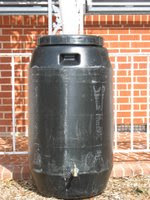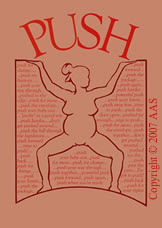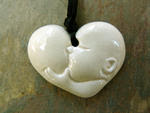Tales of suicide bombers and battles with Taliban insurgents continue to dominate the news from Afghanistan, but there remains a far more pervasive threat to human life in the troubled nation.
Afghanistan has the second-worst infant mortality rate in the world. One in six newborns die before their first birthday, and 6 out of every 100 mothers die during childbirth. Cultural constraints mean it is rare for male doctors to assist women giving birth and there are few midwives, especially in rural areas.
But one young woman helping reverse the trend is Zahara Zamani.
While a refugee in Iran, Zahara, 22, says she dreamed of becoming a health professional. “Sometimes I would see people with health problems, especially women,” she recalls. “I wanted to help.”
A Life-Changing Tragedy
Later, following her return to Afghanistan, she remembers one case that especially touched her — a pregnant neighbor suffering from anemia who went into labor. Her child died almost immediately. Meanwhile the mother experienced massive hemorrhaging and died the next day.“
She was at home with her family. They didn’t understand what was happening. They weren’t educated about anemia. They didn’t take her to the hospital,” Zahara says sadly.The experience spurred her to complete a World Vision-supported midwife training program based in Herat, western Afghanistan.
Following graduation in 2005, she returned to Jibril, in the Herat Province, where she took a job with a health clinic that serves 40,000 people in the village and neighboring communities.

As a midwife in the town of Jibril, Zahara sees some 50 womeneach day. Photo by Mary Kate MacIsaac.
It’s a busy job. Over 120 patients visit the clinic daily; about 50 of them are women seeking Zahara’s advice and expertise. Many travel several miles by foot or donkey to reach help.Among those who are delighted Zahara has brought her newfound skills to Jibril is Dr. Abdul Wali Alami, director of the clinic.He recalls the situation before Zahara began working there — women suffering childbirth complications seldom had the support they needed.“They would cut the umbilical cord with a dirty knife. The women didn’t know about pre-natal or post-natal care. They had no information about it,” he says.
Today, Zahara spends much of her time counseling about pregnancy care, believing that education is the key to reversing Afghanistan’s dire maternal and infant mortality rates.Since 2004, 82 midwives have graduated from the midwife training program and are at work throughout western Afghanistan. Another 60 students are now in training. It’s expected the midwives’ efforts to educate and assist women through their pregnancies will ultimately slash death rates.
Zahara has become a significant agent of change in the Afghanistan of tomorrow.
Article courtesy of World Vision International. Please visit to learn more.
You can also read about how a neonatal clinic is reducing infant mortality rates in Afghanistan.








No comments:
Post a Comment